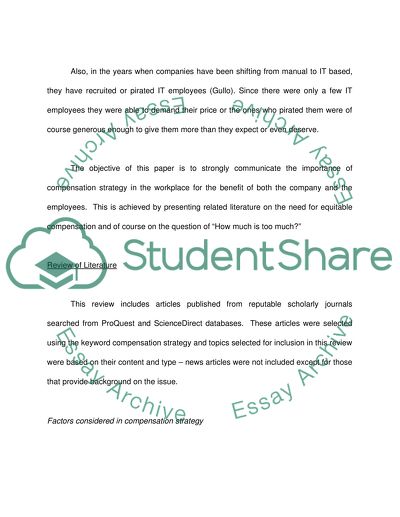Cite this document
(“Job Analysis Compensation Research Paper Example | Topics and Well Written Essays - 3750 words”, n.d.)
Retrieved from https://studentshare.org/family-consumer-science/1417061-job-analysis-compensation
Retrieved from https://studentshare.org/family-consumer-science/1417061-job-analysis-compensation
(Job Analysis Compensation Research Paper Example | Topics and Well Written Essays - 3750 Words)
https://studentshare.org/family-consumer-science/1417061-job-analysis-compensation.
https://studentshare.org/family-consumer-science/1417061-job-analysis-compensation.
“Job Analysis Compensation Research Paper Example | Topics and Well Written Essays - 3750 Words”, n.d. https://studentshare.org/family-consumer-science/1417061-job-analysis-compensation.


